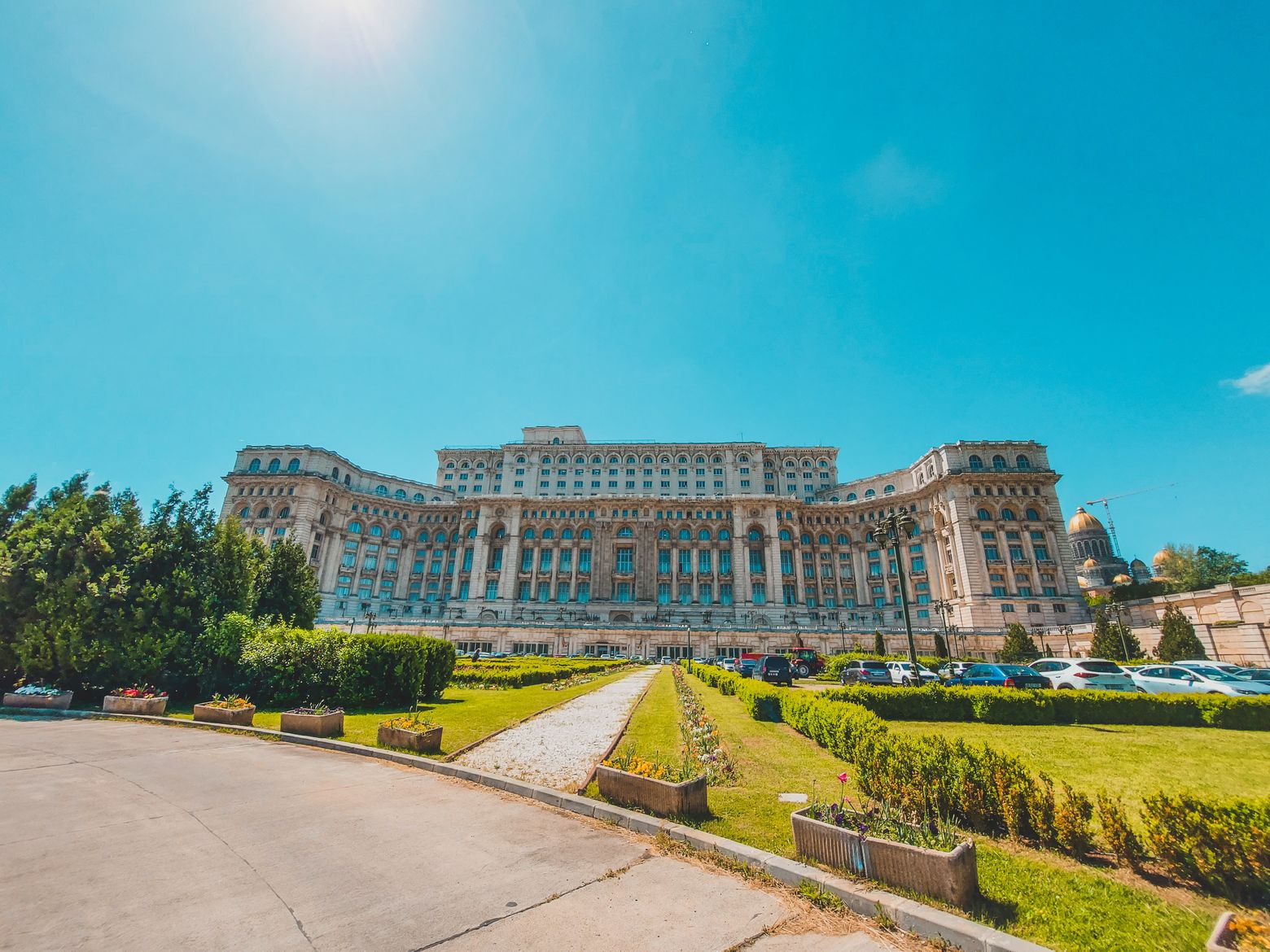Top 3 Cities in Romania
Romania - the three most beautiful cities
Welcome to Romania, an underrated travel destination with breathtaking nature and unique culture. From the picturesque landscapes of the Carpathian Mountains to vibrant cities with historical architecture, Romania offers a variety of experiences for every traveler.
The capital city, Bucharest, welcomes visitors with an exciting mix of architecture. Here enchant magnificent palaces, vibrant street markets, and a pulsating nightlife. From Brasov, you can explore the mysterious world of Count Dracula at Bran Castle or immerse yourself in the enchanting atmosphere of Peleș Castle in Sinaia.
The rural regions of Romania are characterized by traditional folk art and hospitable villages. Admire the impressive wooden churches in Maramureș or explore the idyllic landscapes around the Danube Delta, a UNESCO World Heritage Site.
In this article, we present our TOP 3 of the most beautiful cities in Romania with the best sights.
Interesting facts about Romania
- Romania is mostly situated in the Carpathian Mountains, boasting impressive mountain ranges. The Carpathians are also a crucial habitat for wolves, bears, lynxes, and numerous other animals.
- Official Language: Romanian
- The spa resort of Băile Herculane nestles picturesque in the landscape of the Domogled-Valea Cernei National Park. The thermal springs of the town are said to have soothing effects on various ailments.
- Another popular spa resort is Lacul Roșu (Red Lake) with its valuable natural aerosols. The picturesque lake is also a visual treat.
- The highest mountain in Romania is Moldoveanu in the Făgăraș Mountains, reaching a height of 2,544 meters.
- Near the Romanian border with Serbia lies the scenic Iron Gates Nature Park, known for, among other things, the highest rock sculpture in Europe: the Statue of Decebalus.
- Romania's coast on the Black Sea is perfect for a relaxing beach holiday at the city beach of Constanța or in the seaside resort of Mamaia.
- IIn the village of Viscri, you can find characteristic Saxon farmsteads.
- The Cimitirul Vesel, also known as the Merry Cemetery, is a brightly painted cemetery in northern Romania that offers visitors a different perspective on death.
- At the University of Cluj-Napoca, courses are offered in three languages: Romanian, Hungarian, and German.
- Every year during the winter months, you can stay in an ice hotel at Lake Bâlea.
Top 3 Cities in Romania
Bucharest
Romania's capital, Bucharest, stands out for its particularly diverse cityscape. The architecture of Bucharest ranges from simple, straight-lined Bauhaus style to elaborately decorated buildings in the Socialist Classicism style. For architecture enthusiasts, Bucharest is therefore a clear must-see.
One of the most imposing buildings in the city is the Palace of Parliament, which sprawls over more than 65,000 square meters. Stylistically, the monumental building, with its over 5,100 rooms, is inspired by Neoclassicism. However, in its dimensions, the Palace of Parliament surpasses the typical examples of this architectural style.

Other notable landmarks in Bucharest include the Arcul de Triumf, a triumphal arch modeled after the Arc de Triomphe de l’Étoile in Paris, and the Athenaeum. The Athenaeum, with its magnificent dome, is now used as a concert hall, including performances by the George Enescu Philharmonic Orchestra.
About an hour's drive north of Bucharest, you can explore the shores of Lake Snagov. On a small island in the middle of the lake lies the Snagov Monastery, which legend has it is the burial place of Vlad III, also known as Vlad Țepeș or Vlad the Impaler. The truth behind this legend is disputed. Nevertheless, the picturesque little monastery is definitely worth a visit.
Summary: Bucharest is especially popular among lovers of diverse architectural styles. There's also plenty to discover in the surrounding region, such as Lake Snagov.
Brașov
Brașov is located in the region of Transylvania and is nestled in the mountain landscape of the Carpathians. The heart of the city is the Black Church, widely regarded as the symbol of Brașov.
South of Brașov lies another mountain range, the Bucegi Mountains. In the Bucegi Mountains, you can visit Peleș Castle, which, thanks to its fairytale-like facade, has served as the backdrop for several fairy tale films.

Deeper in the mountains is the Bucegi Sphinx, an impressive stone formation which, from the right angle, bears a clear
resemblance to the Sphinx of Giza.
One of Romania's most famous sights is located around 30 kilometres southwest of Brașov. Bran Castle, also known as Dracula's Castle, is located here. The castle is not only worth a visit because it is supposedly the setting for Bram Stoker's story about the vampire Count Dracula. It also contains interestingexhibits and information about the history of the castle and theregion spread over four floors.
Summary: Brașov is nestled amidst an impressive mountain landscape with fairytale castles and breathtaking nature waiting to be explored.
Sibiu

Conclusion: Romania in all its facets
Whether you're interested in outdoor activities, culture, legends, or architecture, Romania has something to offer for every taste. Immerse yourself in the diverse facets of this country and experience an unforgettable vacation in Romania.
Feeling the travel bug and want to experience Romania for yourself?
► Here you can find more information about toll regulations in Romania to be optimally prepared for your trip.
